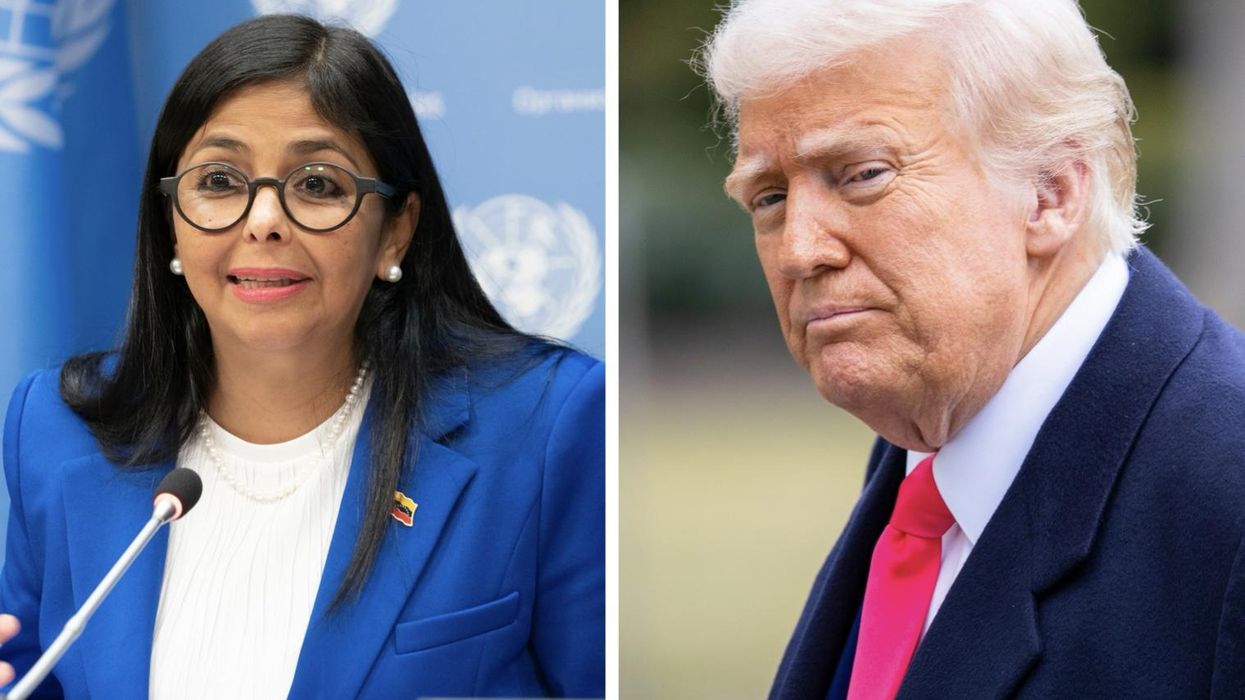A new study released on Monday revealed something shocking — thanks to to loosened rules of engagement, the number of Afghan civilians killed as a result of U.S. and allied bombing skyrocketed by over 300 percent in the last three years. This significant increase in Afghan deaths — combined with the huge toll of overall American casualties — should finally convince American policymakers the war is unwinnable and should be ended without delay.
The new report from Brown University’s Cost of War project focuses on the Afghan civilian population and deaths due to the Taliban, the U.S.-led coalition, and the Afghan National Security Forces, over the last four years. The report says the United States eased its rules of engagement beginning in 2017 to “gain leverage” in negotiating an end of the war with the Taliban.
In 2019, the study continues, “[U.S. and allied] airstrikes killed 700 civilians — more than in any other year since the beginning of the war in 2001." These findings, along with the intent behind the tactics America uses in the war, expose three main reasons why our military has never been able to win the war.
First, in terms of strategic effectiveness, it should by now be painfully obvious that increasing airstrikes on the Taliban was never going to make them buckle and sue for peace on terms beneficial to the coalition.
The Taliban weathered the entire Obama surge of 2010-12 when there were more than 140,000 U.S. and NATO troops on the ground fighting in Afghanistan. Since 2012, the Taliban has dramatically increased its numbers and amount of territory it controls or influences. More bombs were never going to drive them to the negotiating table.
Second, it should have been patently obvious that loosening the rules of engagement to such a degree that it resulted in thousands of civilian casualties was never going to cow the Taliban nor win us friends among the Afghan population.
One of the tenets of counterinsurgency warfare is to win “hearts and minds” of the population for the host government. But when the government and allied forces kill almost as many citizens as the enemy, the people become susceptible to the Taliban’s propaganda that the government can’t protect them. In such circumstances, the people won’t turn on the insurgents and the war drags on inconclusively.
Third, it is troubling that so few in Washington pay much attention to a report documenting that our military actions last year alone killed 700 innocent people. Of course, war is a horrific, brutish, and bloody affair that often causes the innocent to suffer, even when forces apply strict rules of engagement and employ every device to limit collateral damage. But we should never be casual with the loss of life — whether that of our own troops or the innocent civilians where we fight.
It would go a long way to restore a proper consideration for the value of human life by ending this war in Afghanistan. Already there is a compelling strategic imperative to do so.
By every observable metric and the application of logic, the war cannot be won on the battlefield. Today many pin their desires for an end to the war on the hope that talks between the Taliban and Afghan government may finally produce a negotiated settlement.
Historically speaking, however, what is more likely is that the negotiations will drag on for many years, sometimes appearing to be leading to a conclusion, but then suffering a major setback. It is not in America’s interest to leave its military fighting an indefinite war — without an objective, without a strategy to win — essentially held hostage to the whims of the Taliban and the unwillingness to compromise by Afghan negotiators.
We need to end the war, on our terms, and in a predictable timeline that can ensure a safe handoff of full security to the Afghan armed forces and the commensurate withdrawal of our NATO allies. However painful, we must acknowledge that the war can never be won at a cost acceptable to the American people, and that it is inappropriate to continue asking our uniformed service members to sacrifice their lives and limbs in pursuit of the unattainable.
















